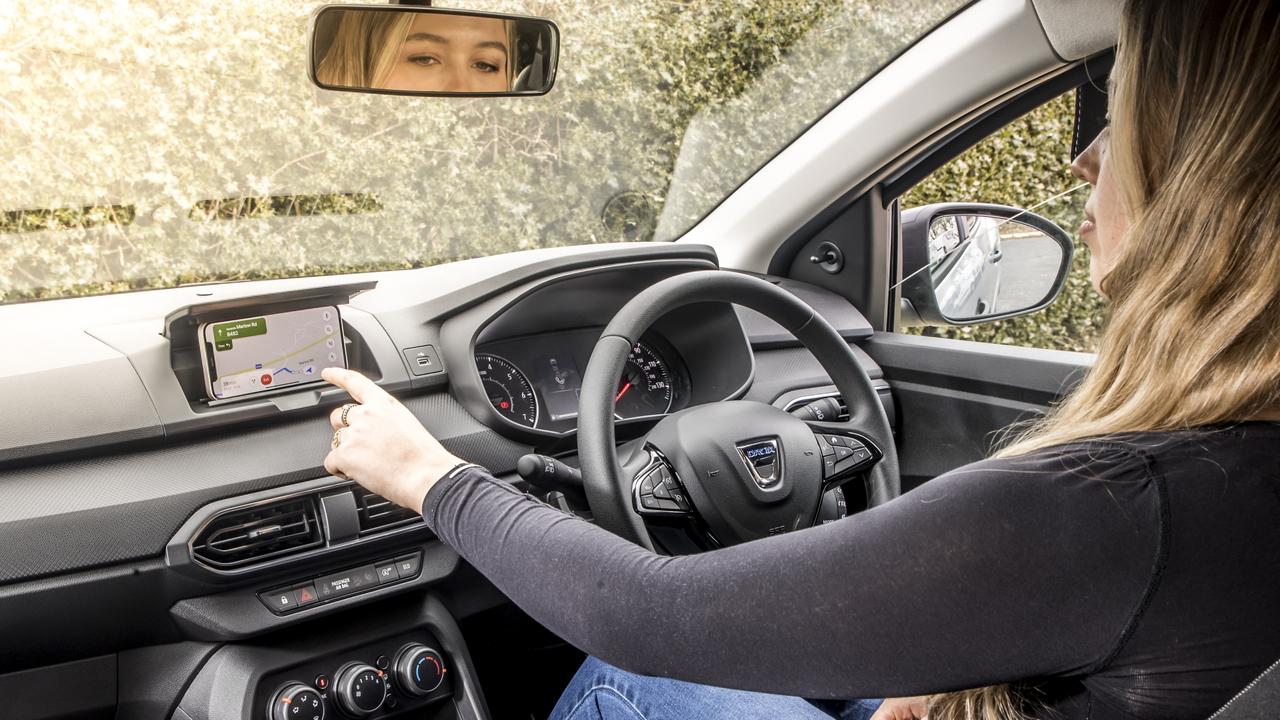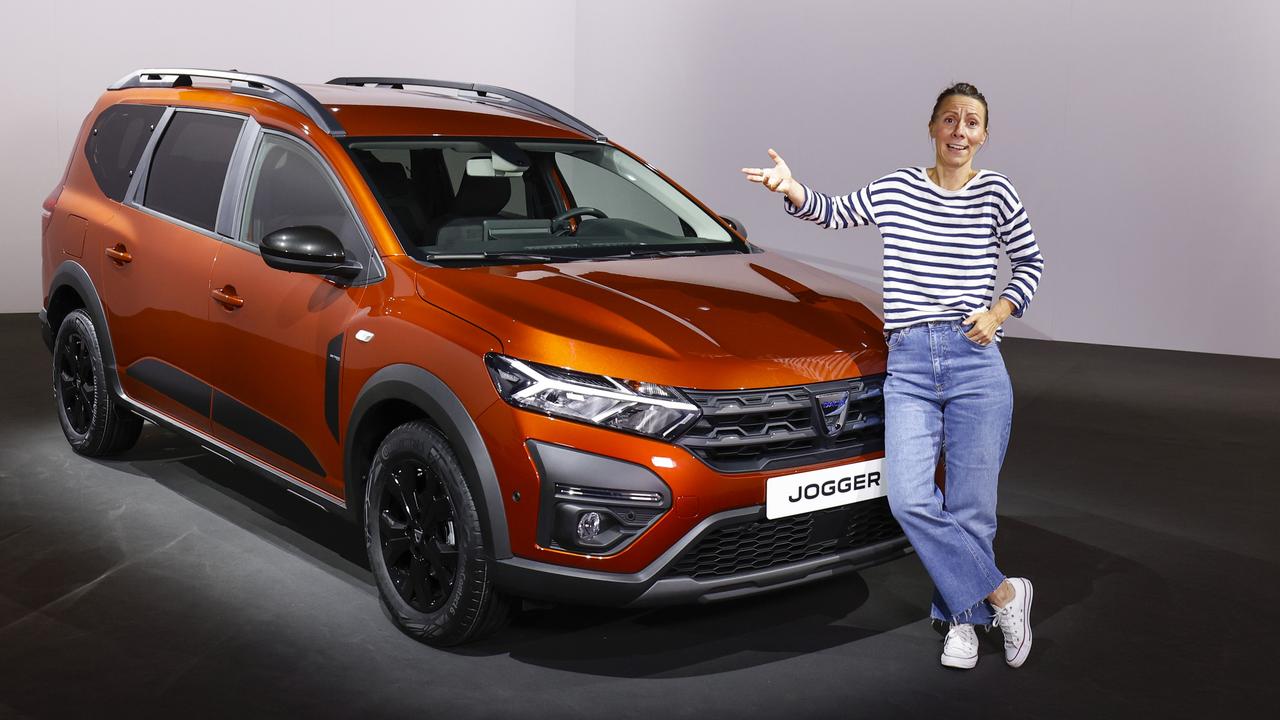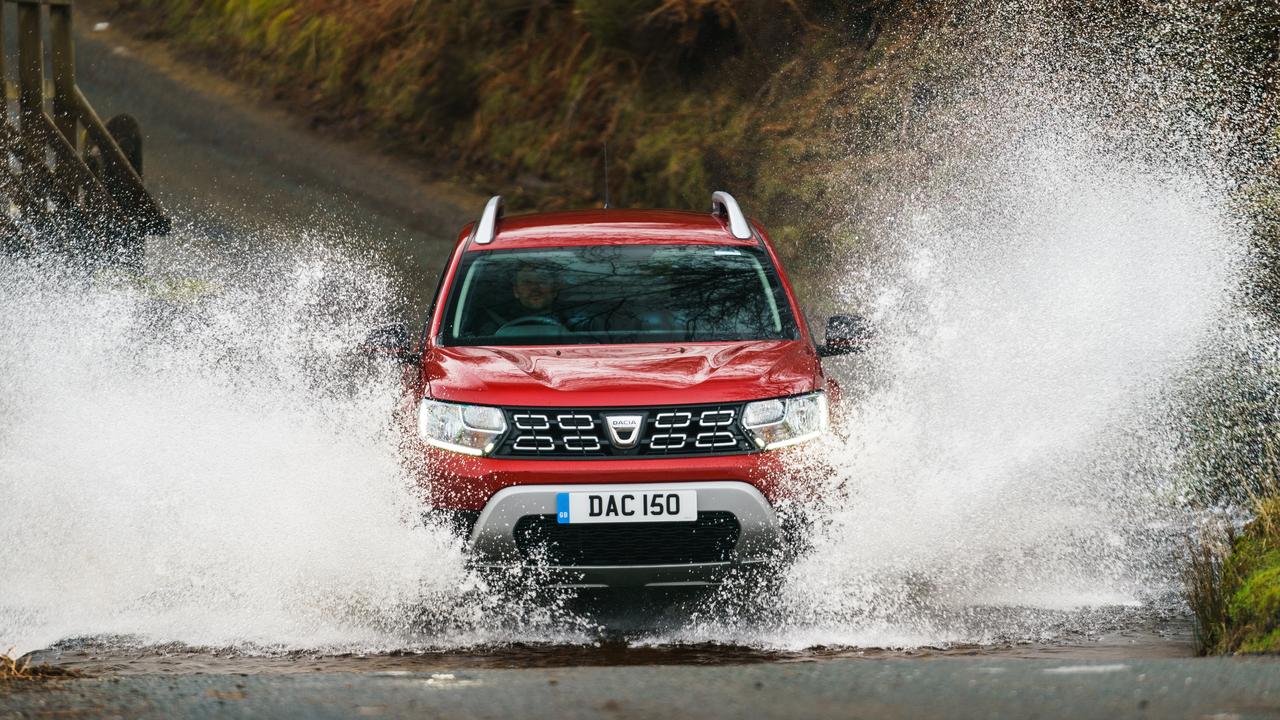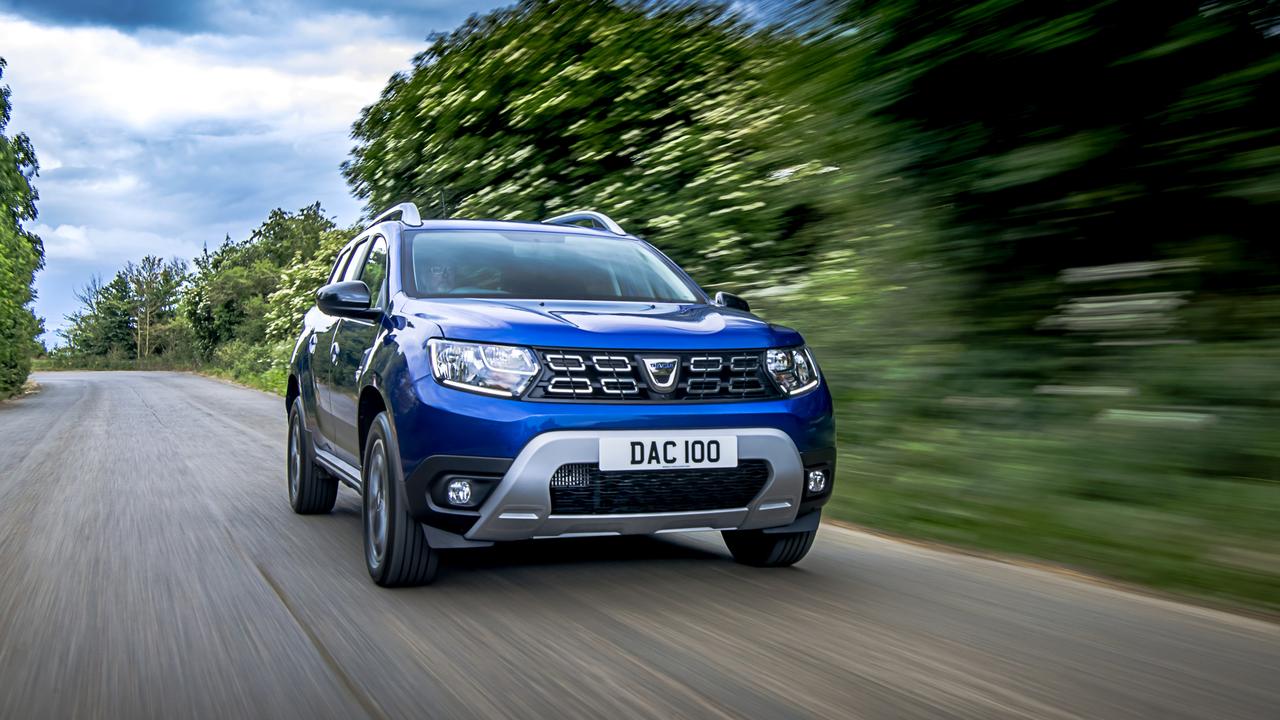Dacia reveals plans to make new cars more affordable
The cost of new cars are increasing every year, but a new European brand headed our way has a controversial way to keep prices down.
An affordable car brand on its way to Australia has doubled down on a promise to keep cars cheap by minimising technology.
Dacia, a Renault spin-off targeting budget-minded customers, aims to undercut the likes of Toyota with stripped-back cars sold for a sharp price.
The strategy is working in Europe, where the Dacia Sandero was the best-selling car in July, ahead of Volkswagen’s Golf.

The compact Sandero is priced from £8995 ($16,800) in the UK, far less than the VW Golf that starts at £23,860 ($44,500).
Speaking with British outlet Autocar at this week’s Munich motor show, Dacia product manager Andreea Guinea said the manufacturer does not have “very complicated things or useless features because we don’t want to spend our money developing things and increase the price of the car”.

“At Dacia, we are not chasing Euro NCAP stars – it’s not our philosophy,” she told Autocar.
“We are very much preoccupied by always increasing safety for the passengers on board; our cars always have passenger safety improved.
“A five-star Euro NCAP rating means lots of electronics, radars, cameras on the car – things that our customers didn’t ask for and are not ready to use. Five-star cars are so complicated sometimes that people do not understand how to use the device and the functionality, so we are confident and happy with what we have.”

Australian Renault importer Ateco is putting together a business plan for Dacia’s local debut.
Ateco boss Neville Crichton told Carsales in June that “we will be bringing Dacia in … but will happen. Absolutely. Dacia will fit in below Renault”.
Company spokesman Oliver Peagam said Ateco is examining whether Dacia would work in Australia, but is not ready to make a formal announcement.
Dacia unveiled a back-to-basics seven-seat wagon in Munich.
Named the Dacia Jogger, it is tipped to cost £13,000 ($24,250) in the UK next year.
That could make it far cheaper than affordable seven-seaters in Australia, such as the Honda CR-V VTi-7 sold from about $40,000 drive-away.
The trade-off is that it has fewer features than rival machines, and has less powerful 1.0-litre engine.
New cars are becoming increasingly expensive, partly due to sophisticated safety, emissions and infotainment systems.

Dacia’s cheapest models go without touchscreen navigation systems, instead asking drivers to use their smartphones in a dashboard cradle.
Michiel van Ratingen, secretary-general of safety group Euro NCAP, Europe’s partner to Australia’s ANCAP, criticised Dacia in April when two of its cars received two-star ratings.
Part of the low rating stemmed from a lack of camera-based pedestrian and cyclist detection systems.
“Clearly, Dacia have found their market and they’re sticking to it, but a two-star rating shows little ambition, even for a low-cost product,” he said.
“Their decision not to offer a camera clearly is out of step with the market and disappointing.”



